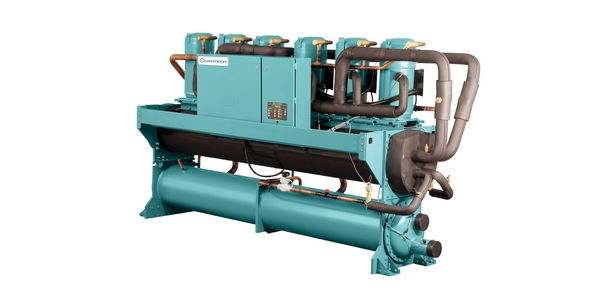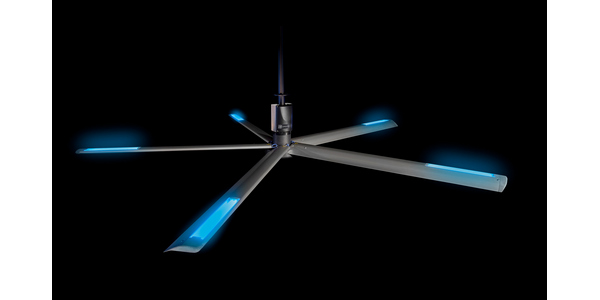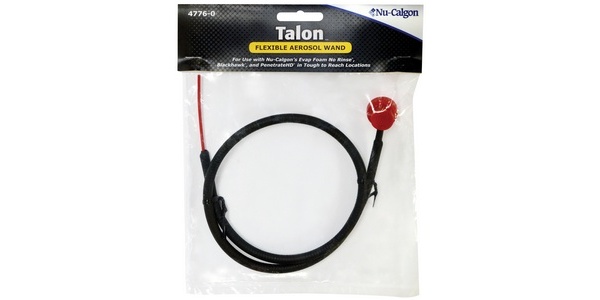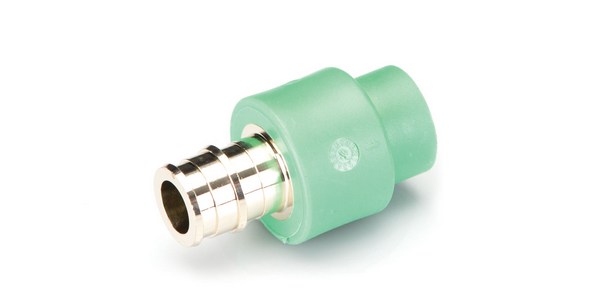Danfoss Discusses Challenges, Solutions for Commercial Buildings During AHR Expo
Danfoss recently hosted its 23rd annual press conference during the 2018 AHR Expo. The briefing focused on how the company is “Engineering Tomorrow” — specifically, how Danfoss is helping the industry to address the common challenges of building owners through engineering strategies and innovative solutions.
“Innovation remains a cornerstone of our brand,” emphasized John Galyen, president, Danfoss North America. “Around the world, we continue to invest heavily in research and development each year. In North America alone last year, we opened a new Application Development Center in Tallahassee, Florida, to support the development of next-generation chillers and rooftop units, expanded our production of plate and frame heat exchanger capabilities, and established a new production facility in Utica, New York, to package silicon carbide power modules that will help meet the demand for smaller, faster and more efficient devices like those used in utility-scale solar inverters and data centers.”
“These investments enable us to prepare today for the trends of tomorrow,” he said. “We believe it is through innovation that we can be successful in meeting the industry’s and our customers’ challenges.”
Engineering Tomorrow: Solutions for commercial buildings
For building owners, these challenges include achieving design efficiency, degradation of efficiency, system reliability and occupant comfort.
“The solutions to these challenges can be summarized under a lifecycle systems approach,” said Jonathan Holloway, strategic marketing manager for Danfoss North America, in his presentation.
He explained that:
- To address the performance gap between design efficiency and installed efficiency, industry needs to start by designing for system interdependencies; apply smart, connected products and ensure quality installation by skilled technicians — and coordinate all aspects through modern construction techniques like Building Information Modeling.
- Solutions to address degradation include proactive and adaptive systems to correct issues immediately. Sustaining efficiency should also be part of the design process, where a proactive approach to eliminate potential efficiency detractors and adaptive systems that reduce manual maintenance can deliver lifecycle results.
- Downtime costs are rising, but deferred maintenance with limited system data is the norm. High-quality, reliable components — built into smart systems with continuous monitoring — can strengthen the chain and ensure reliable operations.
- Ensuring occupant comfort is critical for job performance; tight temperature and humidity control are vital and variable speed systems can help to achieve these objectives.
“There are many technologies, products, and processes that come into play to address these challenges,” he said, “but it requires a business ecosystem and modern construction methods to move forward.”





